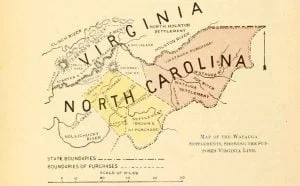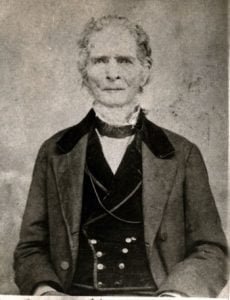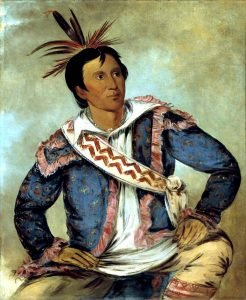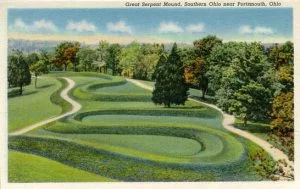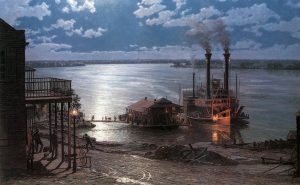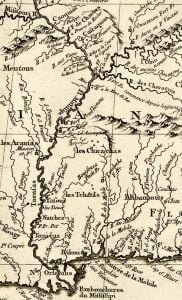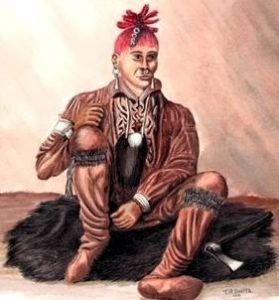What Happened to the Sephardic Jewish Colonists?
There has never been a scientific study to determine the post-colonial history of the Sephardic communities in the Southern Piedmont and Appalachians. Anything that can be said must be in the realm of speculation, based on the known cultural history of the Southeast during the Colonial and Antebellum Eras. The only significant religious-based persecution in the Lower Southeast was between the Sephardic Jews and the Ashkenazi Jews from Eastern Europe. A Protestant minister in Savannah wrote, “Some Jews in Savannah complain that the Spanish and Portuguese Jews should persecute the German Jews in a way no Christian would persecute another … Read more

